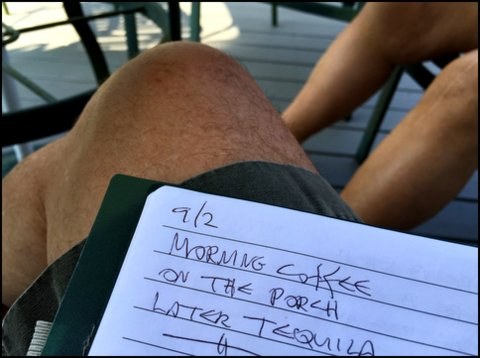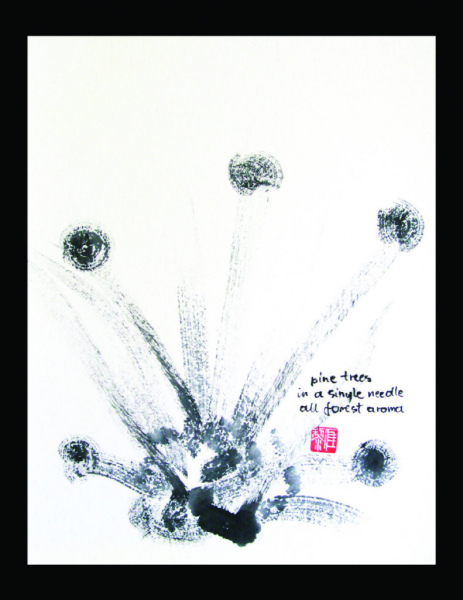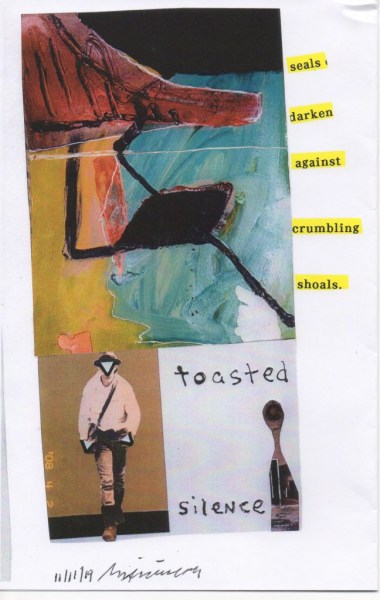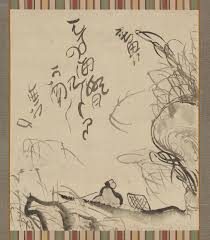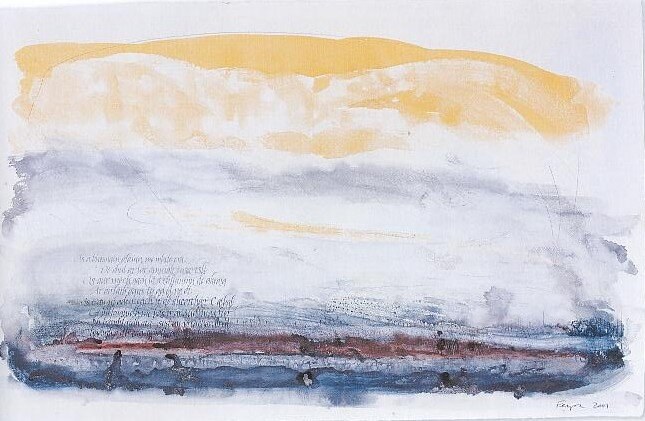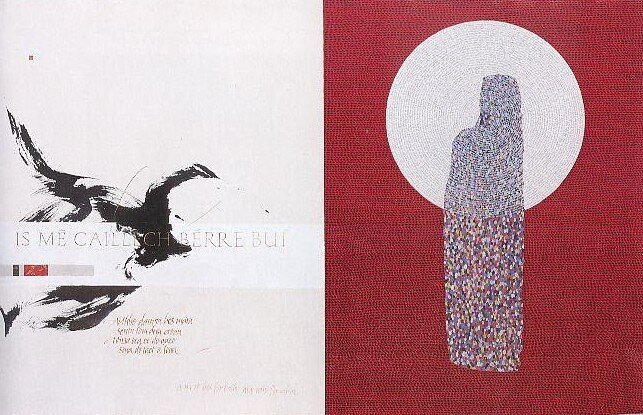Uist Haiku
What is a haiku?
Haiku originated as one of the forms of Japanese poetry. Traditionally, its length is 17 syllables, arranged in lines of 5-7-5 syllables, and having a thematic reference to nature. However, haikus written in English tend to be more variable in length (to account for the different length of English syllables) and in theme.
It might be useful to think of it as a snapshot of a moment. Like a photograph it captures that precise point in time and space.
For our purposes, we’ll consider a haiku to be any poem of 2 or 3 short lines and which share the haiku style.
The best way to understand the nature of haiku is to read some. Here’s a few from around the world:
morning surf
a dog fills the sky
with seagulls
Jim Boyd
has died of old age
Jack Kerouac
on a barren branch
a raven has perched
autumn dusk
Basho
a croft
two brothers
potatoes on a plate
Iain Crichton Smith
a puppet dances
to its own merry tune
no strings attached
Paul Callus
as if mending
socks, I repair my mind
and live on
Yoshino Yoshiko
waves wash in, out, in
menhirs incline to each other
farmers grumbling
Kathleen Jamie
warming my feet
in the patch of sunlight
on the floor
Alan Spence
abandoned house
the aging mousr
has become a bat
Shiki
Here are some suggested online haiku and haiku-writing guides. But here are 6 basic rules for writing a Haiku (taken from Jane Reichhold’s guide):
- Write in three lines that are short, long short without counting syllables
- Make sure the haiku has a fragment and a phrase
- Have some element of nature
- Use verbs in the present tense
- Avoid capital letters or punctuation
- Avoid rhymes
And we will be breaking the rules immediately by welcoming poems on human nature and activities.
What’s a Haiga?
Haiga is the Japanese name for a painting (often by the poet) that sometimes accompanies a haiku.Our resource page lists some examples.
We are looking for an image which illustrate or comment on the poems. Or which might inspire someone else to write a poem. A good image might have some narrative content or some specific emotive quality. It might display some contrasting elements. Or it might have an unsettling, mysterious aspect.
Your image can include the text of your haiku or you can supply the text separately. Experiment!
The images can be photographs, original graphics or images of your own artworks (eg photographs/scans of drawing, paintings, sculpture).
We are also intested in historical photographs of island life.
Here are a few haiga examples fron aound the world:
What’s a Gaiku?
Gaiku are Haiku which are written in Gaelic. See our resources page for more information
We are hoping that the short-form of the poems will be a good fit for the old local traditions of Gaelic township verse and semi-improvised waulking songs. Similarly, traditional Gaelic proverbs and other Uist-specific Gaelic idioms have their own specific set of metaphors and cultural references. We hope it will prove interesting to contrast these with poems on similar daily life topics within the same environment but from Uist residents with an English-speaking background.
Here’s a few examples:
thus’ ann a Leòdhas
mise seòladh na mara
‘n aon ghealach ar n-acair
Angus Macmillan
na tri nithean as suaraich’ à th’ann
uaisle gun chuid, marag gun gheir
agus `pòg o bhur lom
saighead chabadaich
air thilg bho bhogha gheamhraidh
speur geoidh mu dheas
Alistair Young
